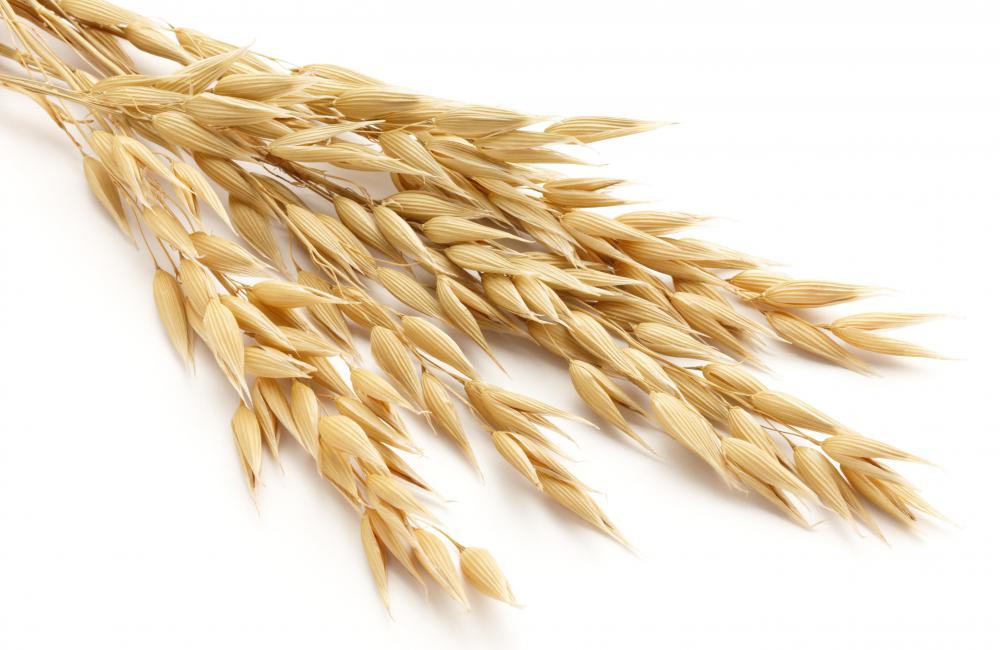At TheHealthBoard, we're committed to delivering accurate, trustworthy information. Our expert-authored content is rigorously fact-checked and sourced from credible authorities. Discover how we uphold the highest standards in providing you with reliable knowledge.
What are Non-Essential Amino Acids?
Non-essential amino acids are amino acids that the body produces. Amino acids bond to each other to create long protein chains. Every cell in the human body depends on these protein chains for survival. There are a total of 12 non-essential amino acids synthesized in the body: alanine, arginine, asparagine, aspartic acid, cysteine, glutamic acid, glutamine, glycine, histidine, proline, serine, and tyrosine.
Each of these non-essential amino acids has both benefits and side effects for the body. Alanine removes toxins from the body during excessive physical activity. Too much alanine, however, can cause chronic exhaustion. This amino acid is also found in fish, eggs, and meat.

Arginine is vital to cell division, immune system functioning, healing wounds, and releasing hormones. It also helps activate the growth hormone in the brain and helps maintain a high sperm count. Also, it is found in nuts, brown rice, raisins, and chocolate.
Asparagine helps with the transformation of amino acids and keeps the nervous system balanced. It is found in poultry, eggs, and other dairy foods. Aspartic acid increases stamina, synthesizes glucose, and removes ammonia and toxins from the body. Lower levels of aspartic acid in the body can cause brain damage and problems with the nervous system and liver.

Cysteine helps keep nails, skin, and hair healthy. This amino acid is also found in broccoli, oats, germ, and garlic onions. Glutamic acid maintains strong memory, mental functions, and relieves exhaustion. This acid is also found in dairy foods, poultry, and meat.
Glutamine helps the brain stay healthy and contributes to the formation of deoxyribonucleic acid (DNA) and ribonucleic acid (RNA). Glycine creates nucleic acids and helps the body build proteins. Both are found in beans, fish, and dairy products.

Histidine is one of the non-essential amino acids that is necessary for growth and development in babies; it releases histamines to fight off allergic reactions and synthesizes red and white blood cells. Proline is vital to collagen and maintains healthy joints, tendons, and heart muscles. Both are found in rice, fish, and meat.
Serine builds muscle and plays an important role in DNA and RNA synthesis and protein. It also protects the immune system by producing antibodies when foreign substances attack. Generally, it is found in wheat gluten and peanuts.
Tyrosine helps the thyroid gland to produce the thyroxine hormone. The thyroxine hormone is efficient in burning fat and regulating both metabolic rates and growth rates. It is found in avocados, almonds, and bananas.
AS FEATURED ON:
AS FEATURED ON:


















Discussion Comments
@jcraig - Like a lot of scientific terminology, it can be slightly counter intuitive. The meaning actually comes from whether or not they are essential parts of our diet. In this instance, the amino acids are non-essential, because our bodies can produce them on their own.
The essential amino acids are the rest of the ones on the list. They are the ones that we have to eat grains, and legumes to get them into our bodies.
What I am interested in is how our bodies are able to synthesize the non-essential proteins, but not the essential ones. What is different about the two types? Because we have to eat plants to get the essential ones, I'm guessing that plants do have the right mechanisms. Can these plants make the non-essential proteins, though, or do they have to get them from the soil somehow?
I am confused as to why these are called non-essential amino acids. If we need them as humans, aren't they essential?
Regardless of the terminology, I thought it was interesting that the article mentions every amino acid has positive and negative benefits. What are some of the negative benefits that can result from having too much or too little of some of the amino acids besides alanine?
@stl156 - Actually, there are only 20 amino acids that exist. Consider, though, that the amino acids join together to form peptides. The peptides eventually form proteins, so while there are only 20 amino acids, there are millions of combinations that can form proteins.
Am I right in assuming that the remaining 8 amino acids are considered essential amino acids? If not, what are the essential amino acids, and how do you get them?
Does all of this mean that even though you have enough of the protein rich foods in your diet, you still might not be getting all of the proteins you need? I always knew that fish was high in protein, but I never realized that unless I ate enough nuts and grains, I might not be getting enough arginine etc.
How many amino acids are there all together? I always thought there were hundreds of them, but I'm not so sure after reading this. Maybe we just don't need a lot of the amino acids that exist.
Post your comments